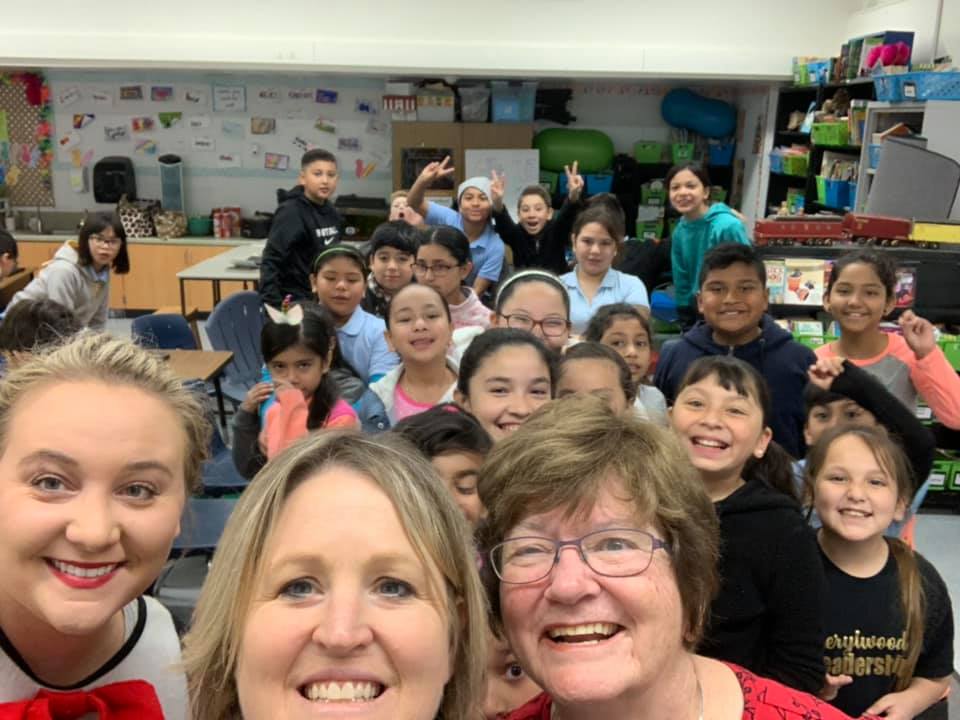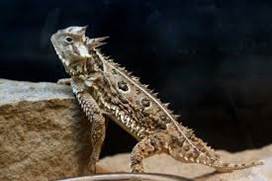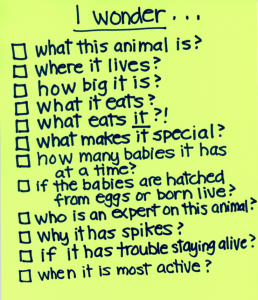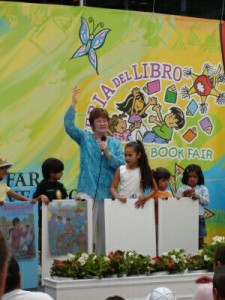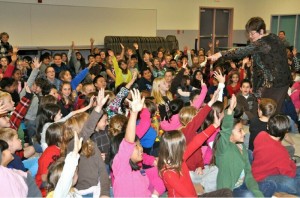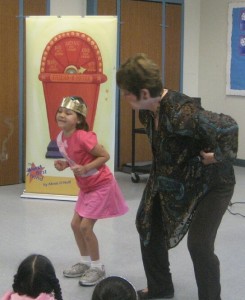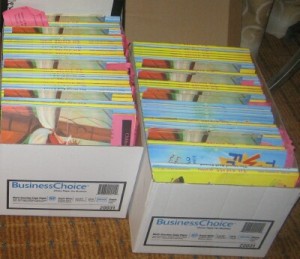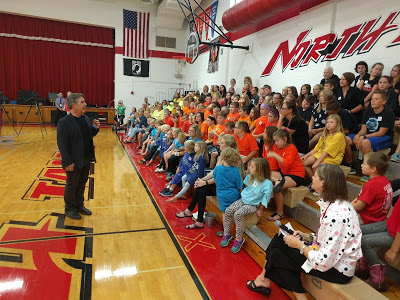
In a survey I conducted of over 600 teachers, librarians, administrators , and parents who have hosted author visits, one of the objections to having author assemblies at a school was “time taken away from classroom instruction” (26%).
“Time taken away”??
Frankly, as a former elementary school teacher, this rendered me speechless. But luckily, the superintendent of North Tama, Iowa, David Hill, was able to articulate, in an article for the Traer Star-Clipper, what he had experienced to be the tremendous benefits of schools hosting authors. “Why do we at North Tama take time from our regular learning experiences for the craziness of an author visit? Could our time and resources be used in a more productive way?” he wrote. And he answered by saying, author visits are “an INVESTMENT in our students’ futures for many reasons.”
Here are the main author visit benefits Superintendent Hill expressed.
- When the whole school prepares and welcomes the author, students of all ages take the cue that books are important.
- An author visit gets kids reading, writing, and understanding the creative process.
- Meeting authors makes the reading, writing process, the literature, and the authors themselves real and accessible to the students.
- Knowing the inside story of a book’s creation helps students learn to recognize choices made by the author.
- Author visits help students develop the ability to make predictions, inferences, and associations.
- Author visits inspire kids to do more of their own writing.
- Kids discover that authors take risks, persevere, and try again.
- The positive effects of an author visit last beyond the day of the visit.
(Click here for his full post)
Thank you, David Hill, for this terrific list of what so many of us know, but find it hard to express at times!
Follow Superintendent Hill on Twitter: @DavidRobertHill
Blog: https://redhawksupt.blogspot.com/

